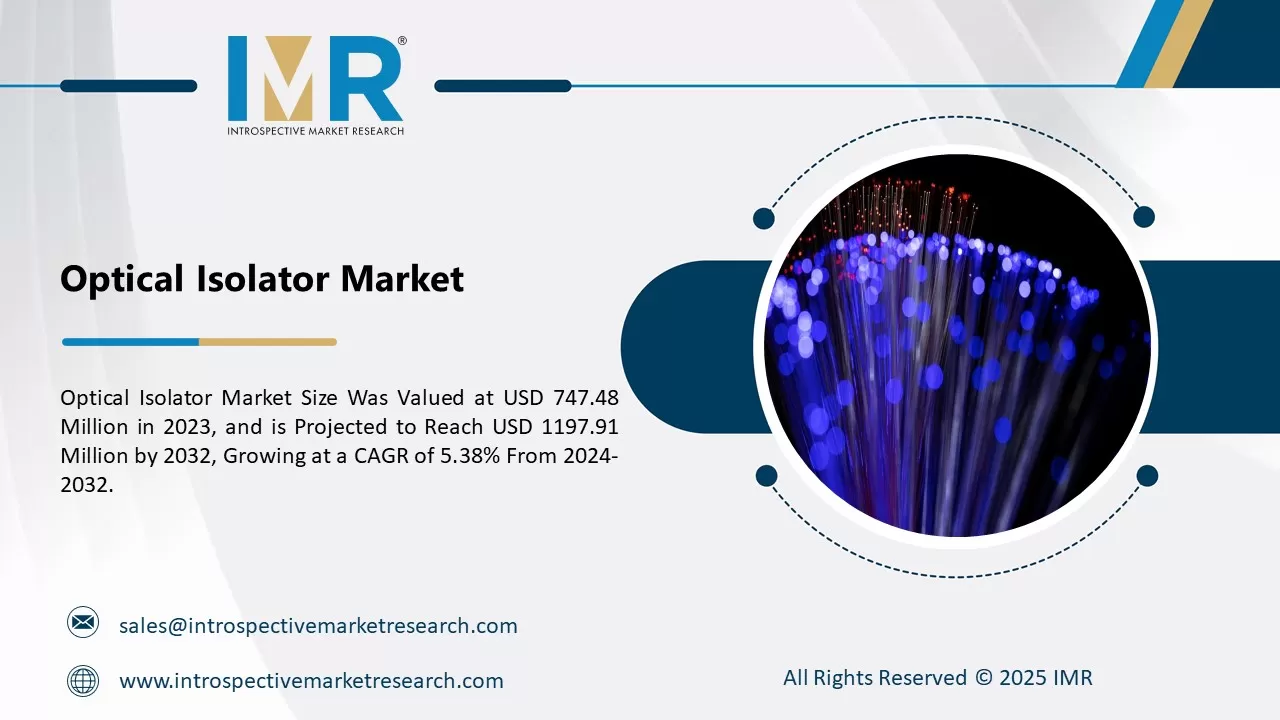
Biostimulants Market size was valued at $ 3.92 Billion in 2023, and is projected to reach 8.39 billion by 2030, registering a CAGR of 11.52 % from 2023 to 2030.
Biostimulants are synthetic or natural compounds that can be added to soil, plants, and seeds to promote plant development while reducing the need for fertilizers. These goods can withstand abiotic stressors and water. Biostimulants are applied to plants to increase their nutrient levels, abiotic stress tolerance, and nutrition efficiency. Many active components, including vitamins, humic acid, seaweed extract, and others, are employed in the formulation of biostimulants. Biostimulants contribute to improved agricultural life cycle and plant growth from seed germination to plant maturity. Additionally, by promoting the growth of interdependent soil microbes, these biostimulants enhance soil fertility and aid in the transfer and absorption of nutrients. The increased usage of biostimulants in the agriculture sectors and the growing emphasis on raising crop output and quality both contribute to the market's expanding demand for biostimulant products.
The increasing awareness among consumers of the health and environmental advantages of high-value crops and organic agriculture is driving up demand for these products. A profitable market has been created for plant-based biostimulants by consumers' growing awareness of organic farming. Leading producers on the market have begun to provide environmentally friendly biostimulant solutions employing safe and natural ingredients. Crops classified as high-value are those that tend to fetch a premium price because of their distinct features, like flavor, quality, or nutritional worth. Along with specialist crops like quinoa and kale, these crops can also comprise specialty fruits and vegetables, herbs, and spices.
Organic agriculture places a strong emphasis on growing crops and raising livestock using natural biostimulants and processes as opposed to artificial ones. The goals of organic farming are to minimize the damaging effects of farming on the environment, minimize pollution, and enhance biodiversity and soil health. Growing consumer interest in the health and environmental effects of their food choices has led to an increase in demand for organic agriculture and high-value crops in recent years.
Government investment in the agriculture sector has expanded, and this has helped to increase the market in the anticipated period. Governments in various countries have increased their support for the development and manufacture of biostimulants and bio-based products. Prominent figures in agriculture have increased their investment due to government support. As an illustration, the European Biostimulants Industry Consortium (EBIC) promotes the expanding biostimulant market and is engaged in the growth of the agriculture sector. According to the EBIC, the enhancement of agricultural land is facilitated by the widespread use of biostimulants, sustainable agriculture, and production. Over the projected period, this aspect will drive the expansion of the biostimulant market.
Global Biostimulants Market, Segmentation
The Biostimulants Market is segmented based on active ingredients, source, crop type, application, form, and region.
By Active Ingredients:
The amino acid is anticipated to hold the most market share. Proteins known as amino acids are primary producers of phytohormones, which aid in stopping plant metabolism and seed germination. Fruit development, flowering, pollination, and fruit setting are all aided by amino acids. The dosing rate also has a significant impact on the volumetric usefulness of the biostimulants. Plant hormones are triggered by the amino acids fulvic and humic acids. Enhance seed germination by stimulating metabolic processes with the aid of certain amino acids.
Application:
The foliar spray treatment segment is anticipated to lead the market. The application of biostimulants directly to plant leaves is known as foliar therapy. Increased cellular activity, quicker nutrient absorption, ease of administration, and other advantages make foliar spraying advantageous for some high-value crops. Therefore, over the anticipated period, the market for biostimulants is expected to develop as demand for foliar spray treatment increases.
Region:
Asia Pacific region is anticipated to have the greatest market share in the biostimulants market in the projected period. In Asian nations like China and India, the market for biostimulants is being driven by increasing land cultivation, plant biotechnology, precision farming, and organic-based active ingredients. The government of the Asia Pacific region places a strong emphasis on food security and sustainability in food production, which further contributes to the market expansion anticipated in the coming years. Asian countries are also using more high-quality agricultural products, and sustainable agriculture practices are expanding. The Asia Pacific agriculture sectors, which are contributing to the market's expansion, are involved in the expanding production of organic products, technical advancements, and increased awareness among consumers about the use of biostimulants.
The second-most dominant region in the biostimulant market is Europe. This is because more people are consuming food that is organic and because the government is emphasizing the use of agricultural products. The producers of environmentally friendly and sustainable goods in the European Union are driving the market's expansion.
Some of The Leading/Active Market Players Are-
- Platform Product Specialty Corporation (US)
- BASF SE (Germany)
- Syngenta (Switzerland)
- UPL (India)
- Bayer Crop Science?s (Germany)
- Valagro (Italy)
- Italpollina SAP (Germany)
- Sapec Group (Belgium)
- Biostadt India Ltd. (India)
- Koppert B.V. (Netherlands), and Other Active Players
Key Industry Developments
- In May 2023, Yara International announced the construction of a new global production plant for biostimulants and specialty crop nutrition products, which were designed to increase yields and improve quality.
- In January 2023, Sumitomo Chemical Co., Ltd., one of the major Japanese chemical companies, acquired FBSciences Holdings, Inc., a U.S.-based biostimulants manufacturing company.
Key Findings of the Study
- Amino acids emerge as the leading active ingredient, leveraging their role in plant metabolism and phytohormone production.
- Foliar spray treatment dominates the application segment, driven by its efficacy, ease of administration, and benefits for high-value crops.
- The Asia Pacific region captures the largest market share, fueled by increasing land cultivation, plant biotechnology, and government emphasis on food security.




